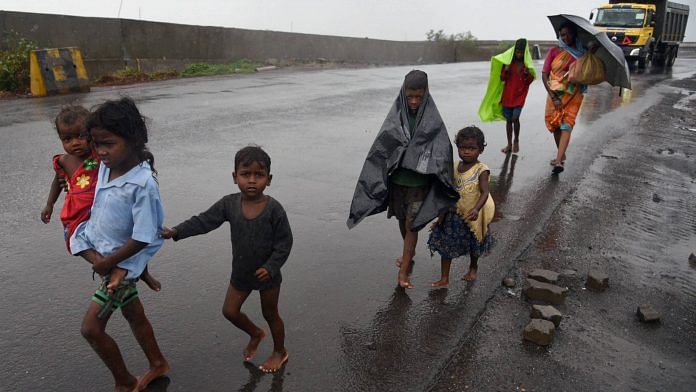Over the past five years, hurricane activity has varied. In 2016, we saw the first hurricane to make landfall in Florida since 2005, and that followed an even quieter 2015. Then, in 2017 and 2018, five hurricanes affected some of the largest and most frequently hit coastal states, including Florida, Texas, and North Carolina. Insured losses for the five storms are approaching $100 billion. Insured losses for the two that had the greatest impact on Florida – Hurricanes Irma and Michael – are still developing as a result of certain localized issues associated with claim handling. Hurricane Irma’s overall insured loss estimate has been moving for nearly three years, longer than any other catastrophe tracked by PCS.
Now think about that within the context of COVID-19. As a claimant, would you be ready to invite an adjuster into your home to check for structural damage, take a look at contents, and climb on your roof? And on the other side of the discussion, a claims adjuster may not want to enter several strange homes a day, which could increase the risk of infection. With catastrophes, there is also the issue of scale. One hurricane can result in hundreds of thousands of claims. Contemplate the risk of widespread virus transmission when there are thousands of claims adjusters possibly interacting with a dozen people a day.
There are reasons on both sides of the claim to want to respect the social distancing guidance that has been issued in jurisdictions affected by COVID-19. To do so will require insurers to accelerate their adoption of new tools and practices that have been tested over the past few years. The PCS team recently reached out to more than 20 claims-related organizations, including independent adjusting firms, insurance company claims departments, wind pools/residual markets, and catastrophe reinsurance teams for insights into how the industry would handle a major catastrophe during this year’s hurricane season.
Also read: Ayushman Bharat beneficiaries chose pvt hospitals over govt during lockdown due to Covid fear
The most intuitive way to reduce in-person interactions in the claim lifecycle is to use imagery and video in place of site visits. For simpler claims, this is not just possible but realistic. Remote adjusting apps for smartphones can help insurers understand the damage to a claimant, and even photos taken by the claimant and sent to the insurer can help. There is some risk of fraud that enters the claim lifecycle at this point, but the use of fraud-detection analytics can keep that risk to a minimum while accelerating the claim-handling process overall and helping people start the process of getting their lives – and their homes – back to normal. As one respondent from the US insurance industry stated: “The technology is there. We just have to embrace it.”
While there was considerable enthusiasm for this approach among the insurers who responded to us, they did identify some potential impediments. Claimants who are a bit older may not feel comfortable engaging with adjusters using smartphone apps. Unfortunately, this demographic has also been identified as being at the most risk when exposed to COVID-19. Additionally, several respondents expressed concerns about bandwidth and connectivity, which could experience considerable strain after a catastrophe event and during a period of quarantine or less severe form of restricted movement.
In addition to person-to-person interaction, discussion of imagery and video usually leads to the role drones could play in the post-catastrophe claim-handling process. The overwhelming response we received on drones is that they can be very helpful in a fairly narrow range of situations. One respondent noted that drones take too much time to set up to be a viable alternative, adding that human eyes are “far superior”. Drone imagery tends to be most helpful when paired with other sources of information. Drones are “extremely effective when the loss situation allows them to be.” Yet, if they can play even a limited role in reducing in-person interaction and helping insurers deal with the sheer volume of claims that can follow a catastrophe, drones could remain an important post-event resource.
While there are several areas where technology can help reduce the interaction that can lead to virus transmission risk, some claims will continue to require boots on the ground. Determining whether damage was caused by wind or water is among the most common scenarios for personal insurance lines where someone may need to show up in person. Complex commercial claims, in particular, require considerable expertise – including engineering, and accounting professionals. Remote resources can help, but they would only be part of the solution. In such cases, insurer processes and policies regarding personal protective equipment use, social distancing, and minimizing interaction may help keep both adjusters and claimants safe. Although experience with a pandemic is relatively new, insurer and adjuster practices already included some measures that are relevant to the COVID-19 environment. After all, claim handlers go into disaster-affected areas to assess the damage caused. The practices already in place provided a solid starting point for adapting to handling claims during a pandemic.
Thomas Johansmeyer Head, Property Claim Services (PCS), Verisk
This article first appeared in the World Economic Forum
Also read: Indian Ocean is spawning deadly tropical cyclones for a reason



